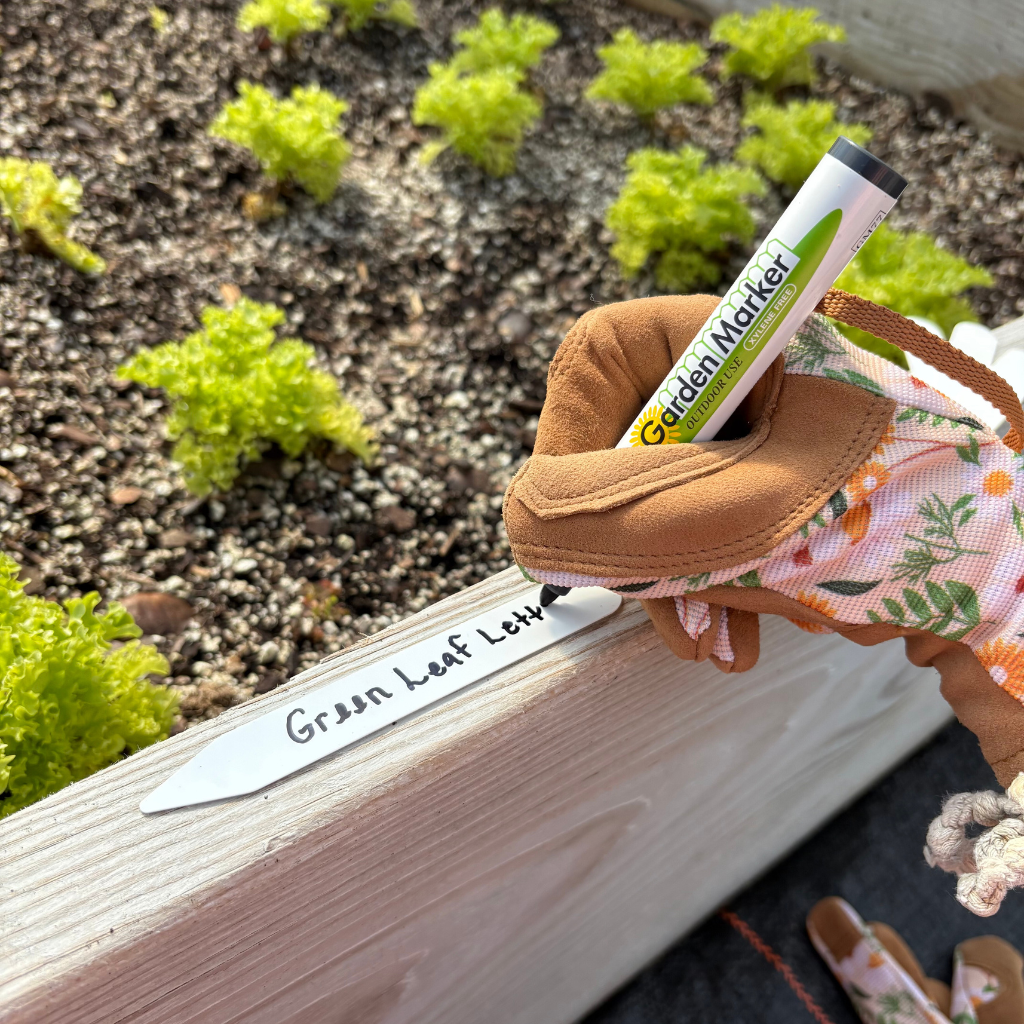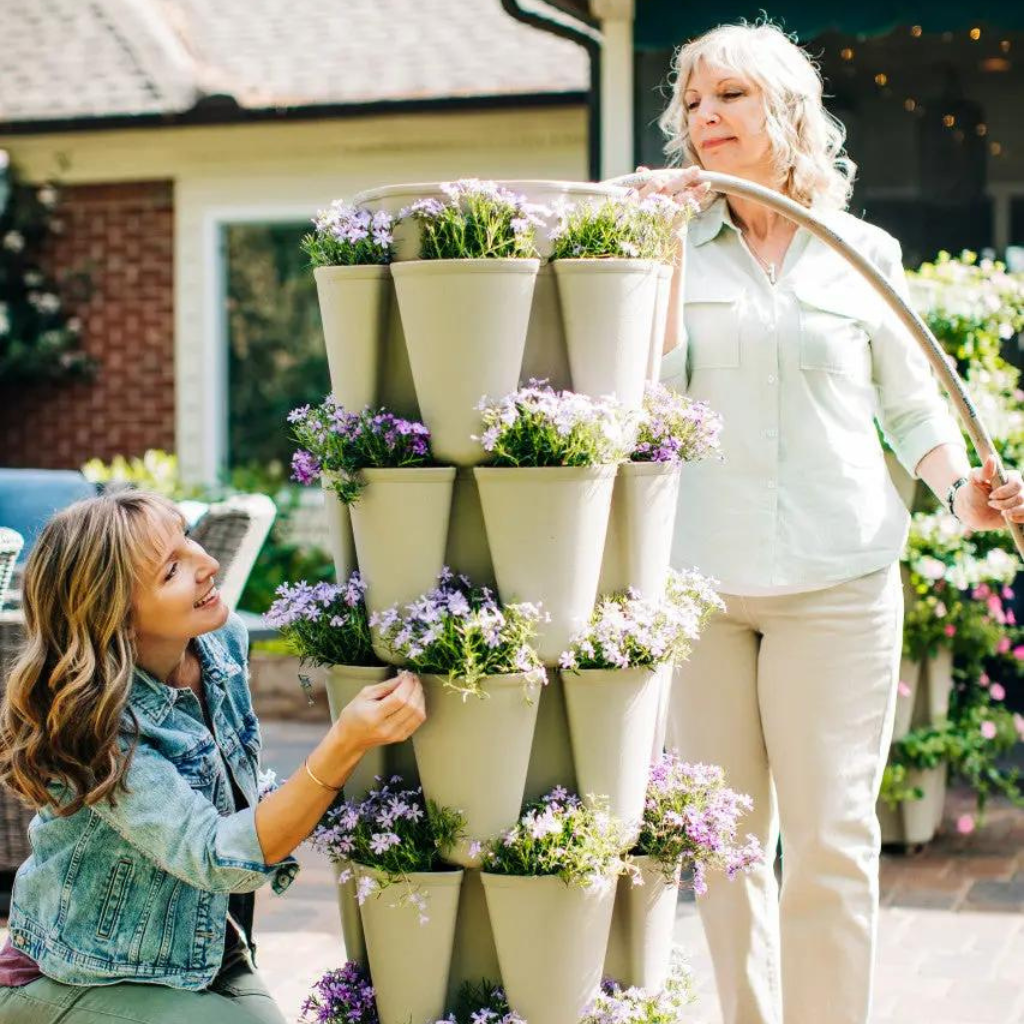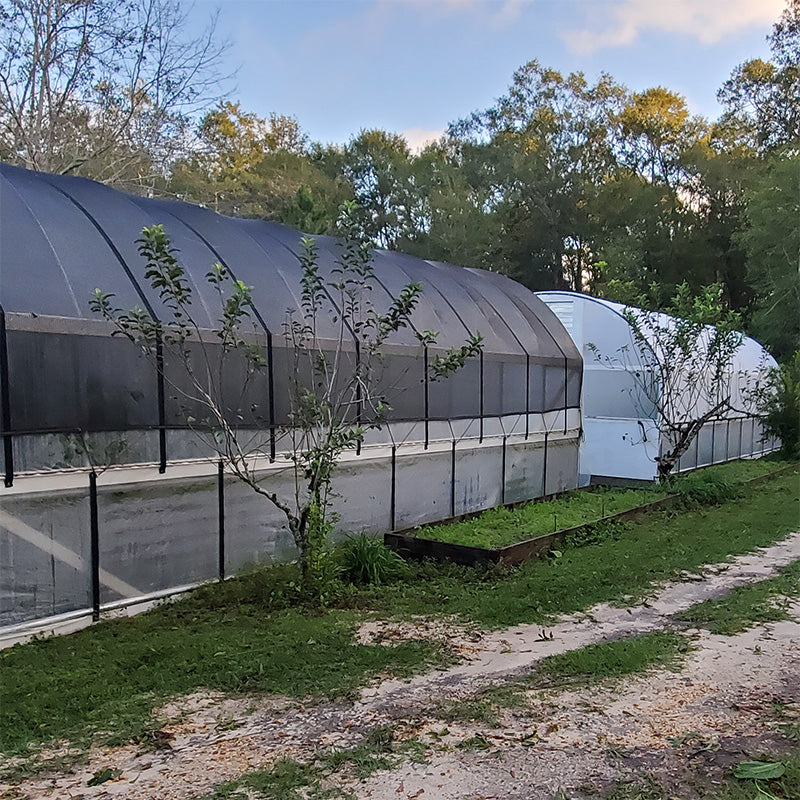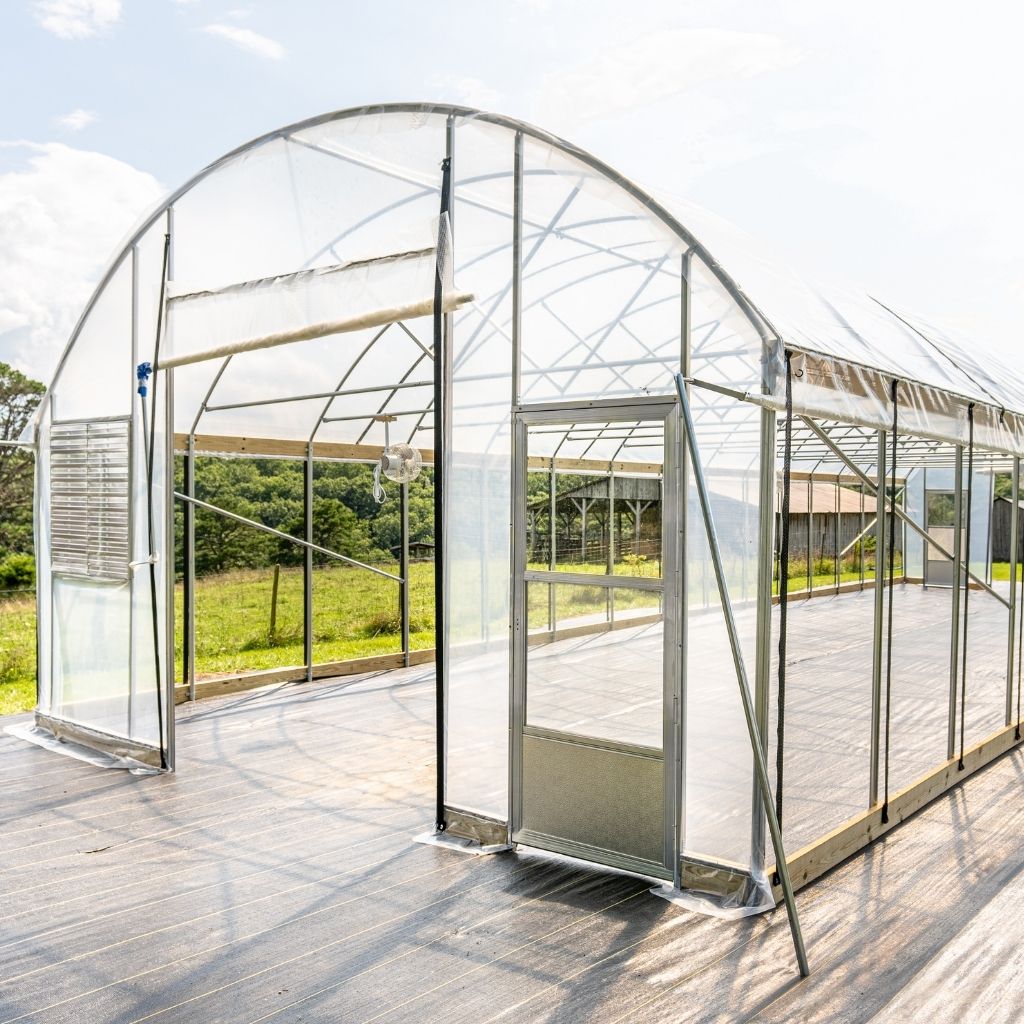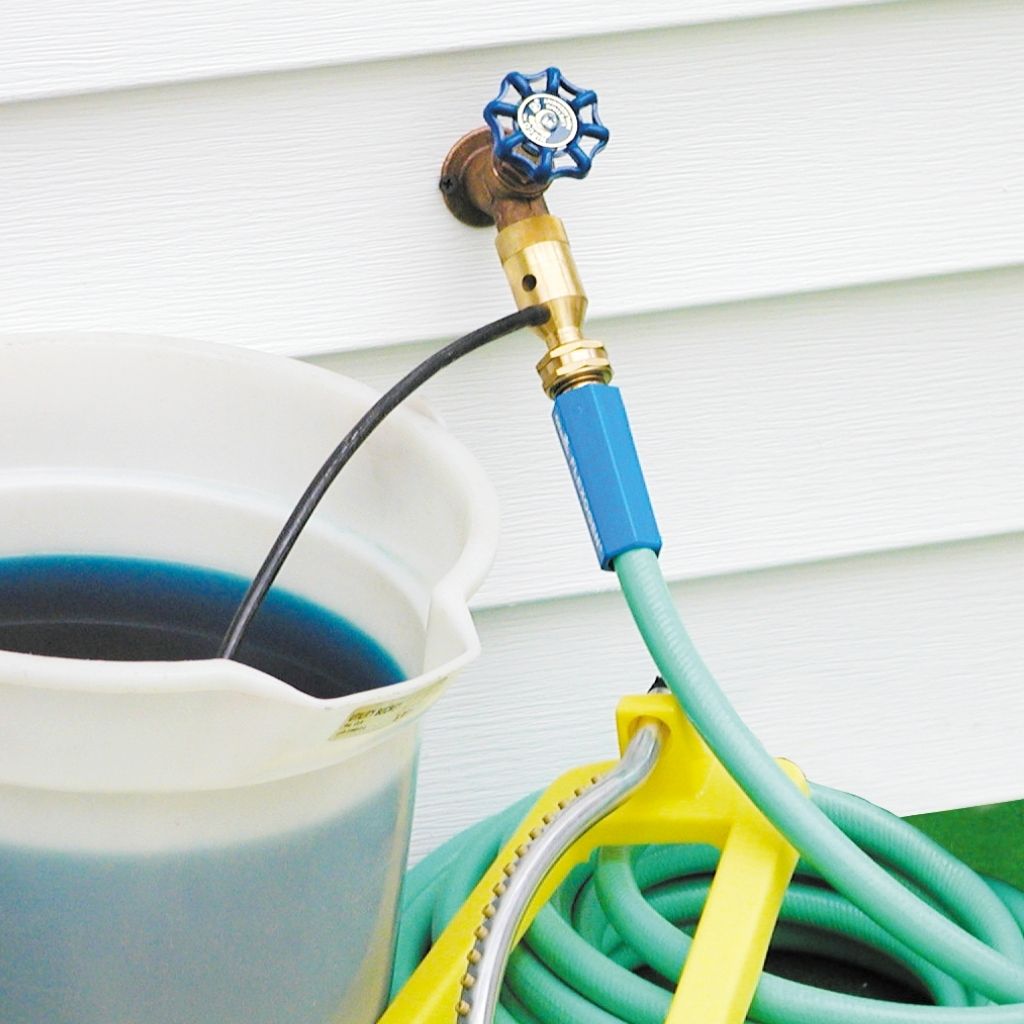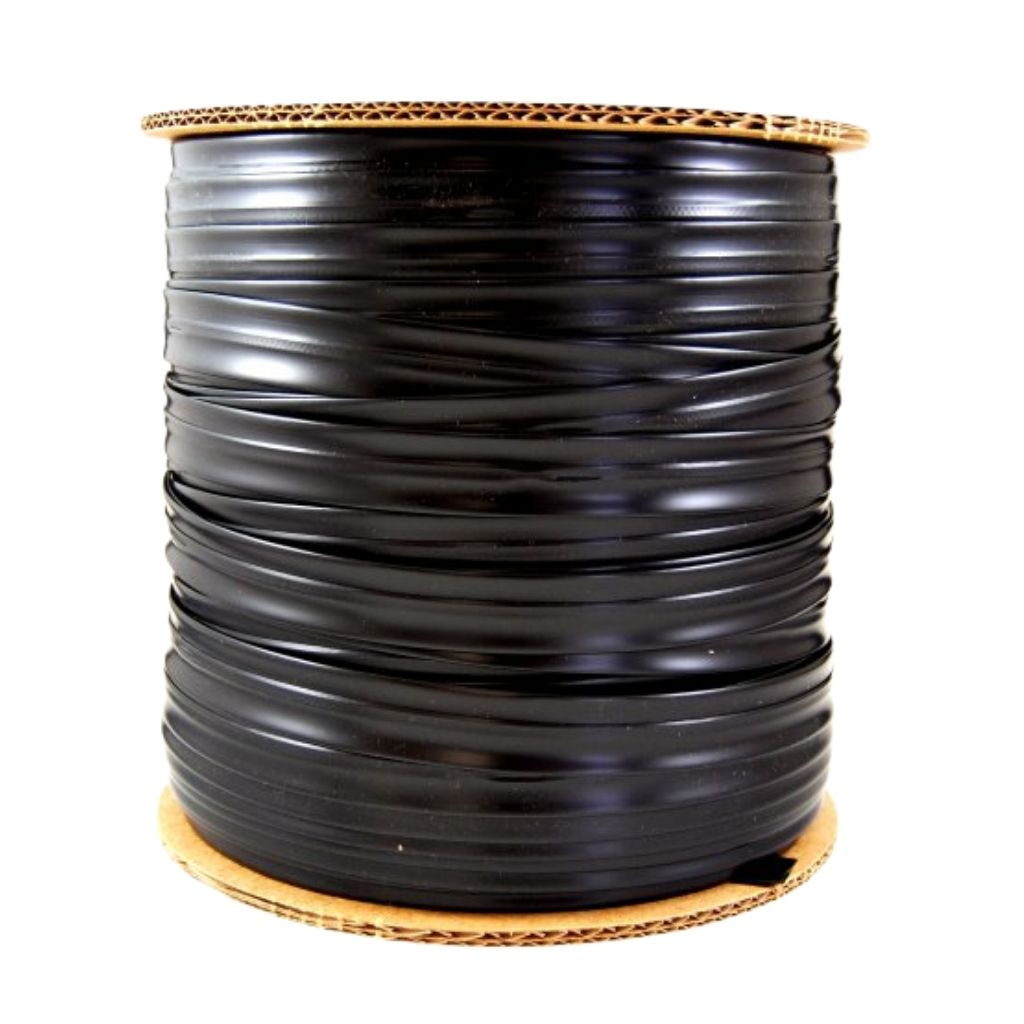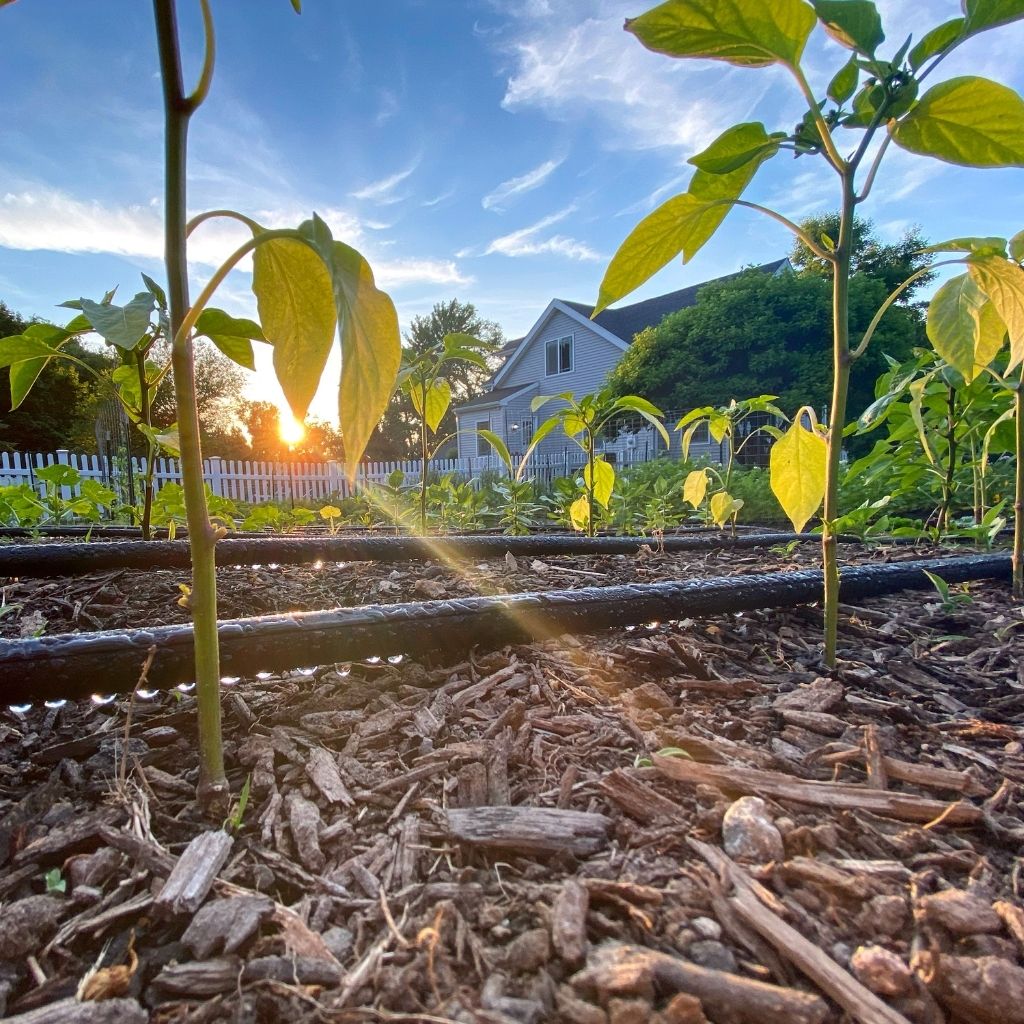DIY Softwood Propagating
Propagation by stem cuttings is the most commonly used method to propagate many woody ornamental plants. Stem cuttings of many favorite shrubs are quite easy to root.
Items you will need:
-Sharp knife or pruning shears
-Perlite
-Soilless mix (peat moss)
-Plastic 6 packs and trays with drainage holes
-Rooting hormone
-7 inch Humidity/Propagation dome
Or
-Self-sealing, 1 gal. storage bags and stakes
Softwood stem cuttings:
'Softwood is the term used to describe the stage of growth on a deciduous woody plant that's neither the new, green growth at the end of a shoot nor the stiff, woody growth near the base of the stem. The softwood lies between the two. The best way to know if a shoot has reached the softwood stage is to bend it. If the softwood snaps, the shoot is ready to be taken as a cutting. If the shoot is very flexible and doesn't snap, it's too green. If the shoot is not flexible at all, it is too far gone.'

Using a sharp knife or pruning shears to minimize damage, cut a 3-5 inch long stem (or side shoot) just below a leaf. Keep cuttings moist until ready for use by wrapping cuttings in moist paper towels or in a bucket of water.

When you have finished taking cuttings, make sure you remove the leaves along the stem, leaving just a few at the top. This creates wounds that will help aid in the rooting process. Fill your 6 packs to the top with a moistened mixture of perlite and soilless mix. (60% perlite and 40% soilless mix) Check out Grower's Solution for 6 packs and perlite.

Before you start dipping your cuttings, trim the remaining leaves in half to help cut down on transpiration loss.

Pour a small amount of your rooting hormone into another dish, this way you won't contaminate the remaining hormone. Check out Grower's Solution for a variety of rooting hormones.
Dip the cut end into clean water, then into the rooting hormone, making sure the wounds are covered. Gently tap off any excess and stick the stem into the 6 pack. Make sure the cuttings are stable, you don't want them to fall over or out.
Here is a sample of a finished product ---

nantuckethydrangea.com
At this time, you will cover the cuttings with the 7 inch humidity dome.

Or put stakes in the corners of the 6 packs and place the pack in a 1 gal., self-sealing storage bag.
Place the covered cuttings in indirect sunlight. Some cuttings will root faster than others, but allow four to five weeks for roots to develop. Make sure the cuttings stay moist throughout this process. If you allow the cuttings to dry out, they will die. The easiest way to check for roots with minimal disruption is to simple look at the bottom of the 6 pack for white root tips. If you don't see any, you can gently pull on the tip cutting. If there is some resistance, it's a good bet that roots have developed. If, when you pull on the cutting and it comes out, simple stick the cutting back into the perlite and give it a few more weeks before checking again.
Once the cuttings have their roots, transplant them into individual containers with potting mix. When they start putting on new growth, slowly harden them off by acclimating them to the outdoor conditions. After a few weeks, they should be able to transplant into their permanent spot in your garden or yard.
Finegardening.com has provided a list of 37 Easy to Propagate shrubs:
Beautyberry (Callicarpa japonica)
Beautybush (Kolkwitzia amabilis)
Blue mist shrub (Caryopteris x clandonensis)
Burning bush (Euonymus alatus)
Butterfly bush (Buddleia davidii)
Chinese stranvaesia (Stranvaesia davidiana)
Crape myrtle (Lagerstroemia indica)
Daphne (Daphne caucasica)
Deciduous azaleas (Rhododendron cvs.)
Elders (Sambucus spp.)
Enkianthus (Enkianthus campanulatus)
Flowering quince (Chaenomeles speciosa)
Forsythias (Forsythia spp.)
Honeysuckles (Lonicera spp.)
Hydrangeas (Hydrangea spp.)
Japanese maples (Acer palmatum cvs.)
Kerria (Kerria japonica)
Large fothergilla (Fothergilla major)
Lilac (Syringa vulgaris)
Magnolias (Magnolia spp.)
Mock orange (Philadelphus coronarius)
Redtwig dogwood (Cornus alba and sericea)
Rugosa rose (Rosa rugosa)
Serviceberries (Amelanchier spp.)
Slender deutzia (Deutzia gracilis)
Smoke tree (Cotinus coggygria)
Spireas (Spiraea spp.)
Stewartia (Stewartia pseudocamellia)
Summersweet (Clethra alnifolia)
Sweetshrub (Calycanthus floridus)
Viburnums (Viburnum x burkwoodii and carlesii)
Virginia sweetspire (Itea virginica)
Weigelas (Weigela spp.)
Willows (Salix spp.)
Wintercreeper (Euonymus fortunei)
Winter hazels (Corylopsis spp.)
Witch hazels (Hamamelis spp.)


